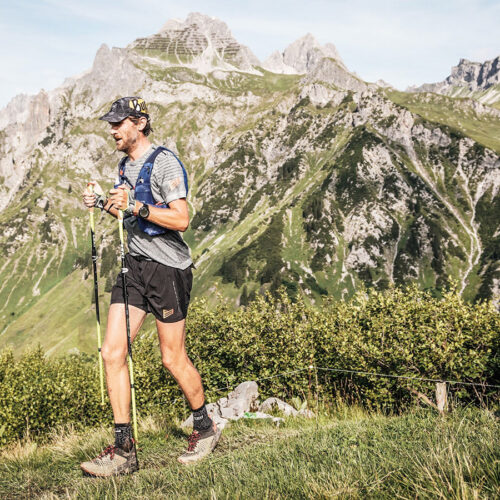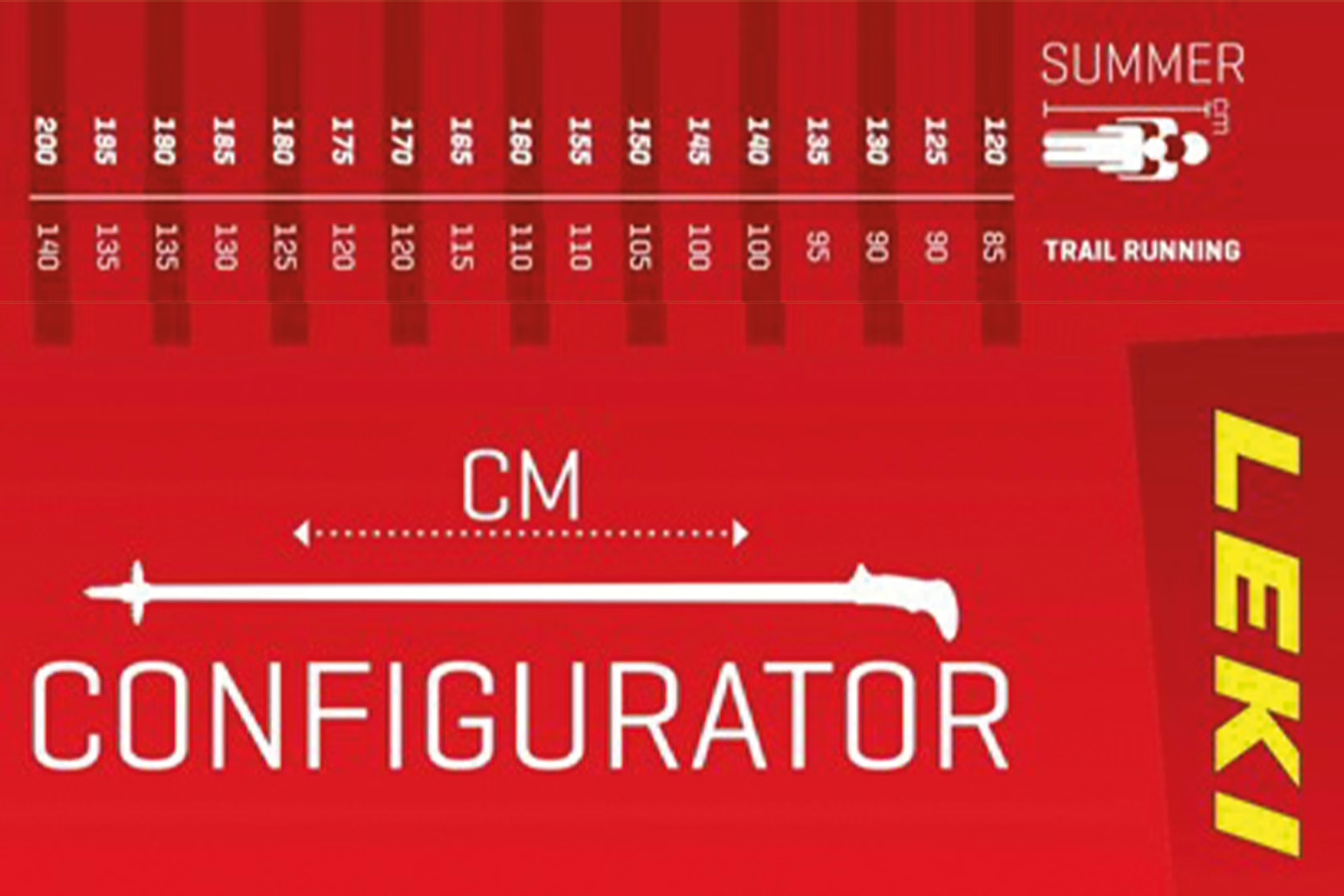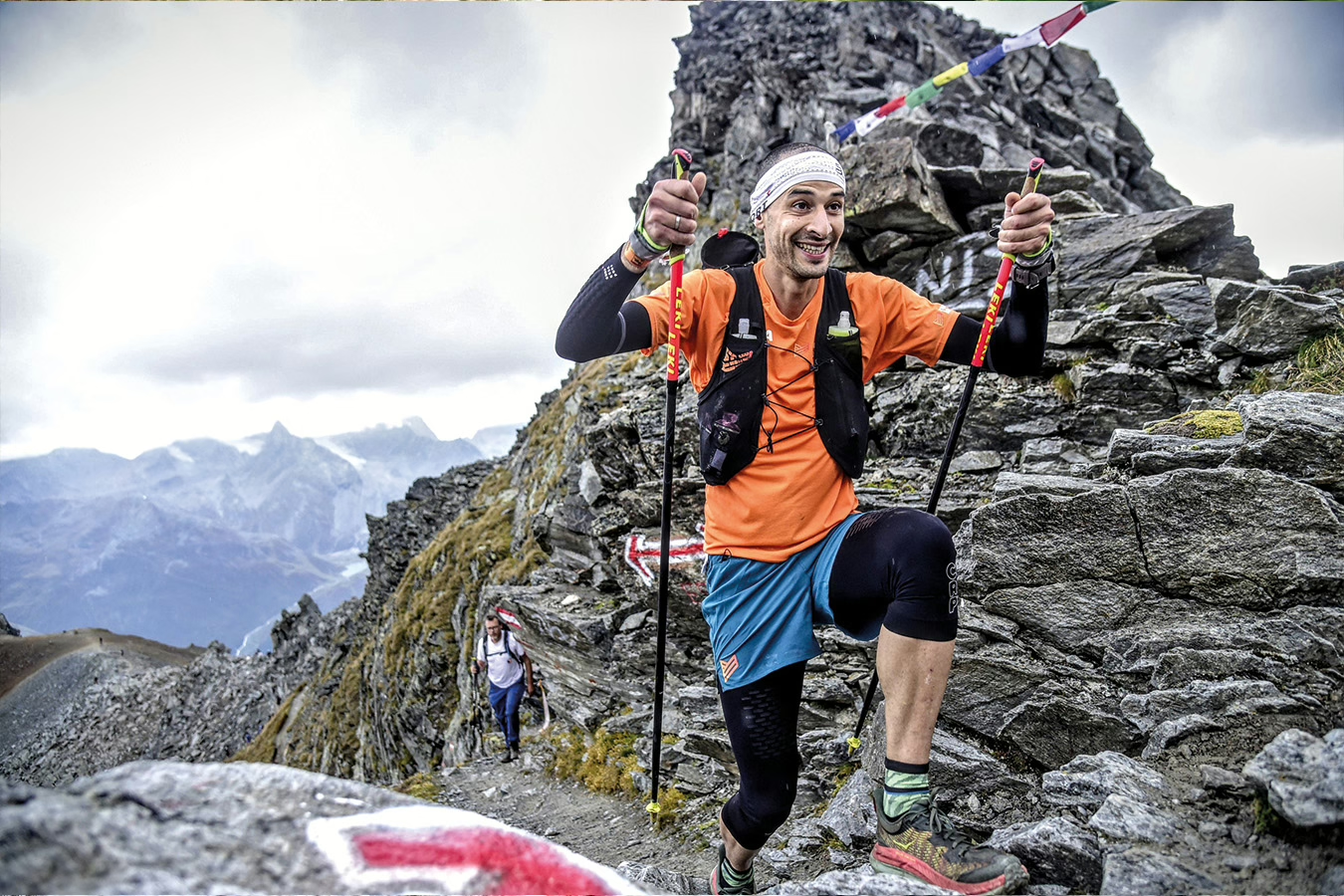Feather light, but as solid as a rock. LEKI trail poles are an absolute must while running in high mountains, on long slopes and even on flat stretches in ultraruns. Read the benefits here.
Dearest LEKI
We met a month ago. Admittedly, I had little faith in a love story between the two of us. I even doubted I would take you on my trip through the Alps.
Meanwhile, the first four days together are over and I can’t live without you. You support me in difficult moments. I can always rely on you and you adapt to everything. I can hold you in different ways. Sometimes firmly by the palm, other times I take you by the waist.
You are feather light, but solid as a rock. I am so grateful to have met you and will miss you after this trip through the Alps. Know one thing: you are the first person I will take with me on the next trip.
Thank you for everything.
Koen Wilssens, CEO Runners' lab
LEKI trail poles
In quasi billiard-flat Flanders, trail poles are out of the question. You could possibly make the pimples in the Ardennes a head shorter with these two carbon rods. Only in (high) mountains trail poles are really functional. Even as essential as trail shoes if you ask us.
Five benefits of poles
It takes some training to take advantage of trail poles. Especially since we in Belgium were not raised in a cross-country skiing or skiing culture. Once you know how to use them and master the operations of storage, it can be profitable in many ways.
Trail poles provide an added sense of security to begin with. Thanks to the two additional support points, you will have more balance on slippery and technical sections. Poles also allow you to increase your speed , including while climbing. You address more muscle groups – think of your arms, shoulders and torso – so you can deliver more power . By redistributing the forces, you relieve the lower limbs, delaying fatigue . Finally, running with trail poles reduces muscle soreness afterwards, allowing you to recover faster. This is due to a decrease in ground reaction and joint strength.
When do you use LEKI trail poles?

Runners’ lab consultant Nick has taken his trail poles out on the trail many times. “You become aware of the importance of trail poles especially in the high mountains,” he says. “If the slopes are long and you have a lot of elevation gain , you save a lot of strength by pulling more on your arms. On the flatter stretches you usually stow the poles , as in the descent where gravity does its work with you. Poles can sometimes slow down in such a situation, unless it is technical or slippery.”
Yet the high mountains are not the only place where poles see the light of day. “Even in ultrarunning without extreme climbs, they are often used on flat sections,” Nick clarified. “The optimal distribution of weight allows you to conserve forces.”
Advisor Senne, a brand new finisher of the UTMB, also confirms this.
Senne, by the way, also practiced the use of his poles in Belgium. For example during a tough climb on the Trail des Fantômes, he whirled past everyone on a less common trail.
Points of interest trail poles
“For running, it is important that trail poles are super light and foldable ,” Nick further advises. “That’s why most LEKI trail poles are made of carbon or lightweight aluminum. Some poles have the ‘Push Button Release System’ so they fold quickly with the push of a button.” Another option are the ‘Vario’ trail sticks where you can adjust the length . An advantage according to our advisor. “This way, you can use the poles for both climbing and descending. Or you can share them with a larger or smaller running partner.”
Length of poles
Your height determines the length of your trail poles. Take the poles 5 to 10 cm shorter to use uphill, admittedly depending on the gradient, and do the reverse for downhill. “These are recommended lengths. Of course, everything depends on your personal preference,” Nick added.

Grip system
Another important difference is the grip system. You have two popular options: the glove, also called the ‘Trail Shark Grip that you snap on to the poles, and the open loop. Both Nick and Jim Walmsley, winner of the youngest UTMB, prefer the Shark System to the open loop. “The Shark system provides the ultimate in power transmission,” Walsmley at LEKI himself responded. “It improves my technique and reduces fatigue at the same time. Only when there are a lot of climbing passages in the course where I need my hands to climb, I prefer the open loop.”
Sustainable service
Did you know that LEKI guarantees excellent and long-lasting service ? Your trail poles consist of several parts that can basically all be replaced . In many cases, this is done under warranty . Did you purchase LEKI trail poles at Runners’ lab? Bring them to us again and we will send them to LEKI. Although it may take 2-3 weeks before you see them again, you will get them restored without accidents.

